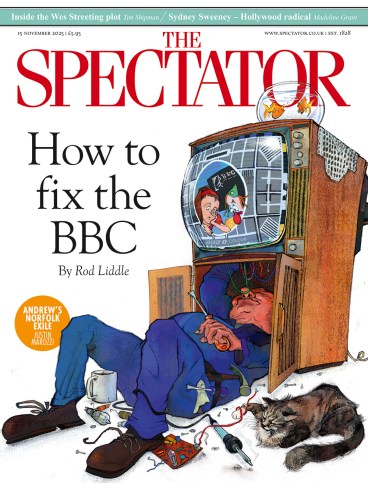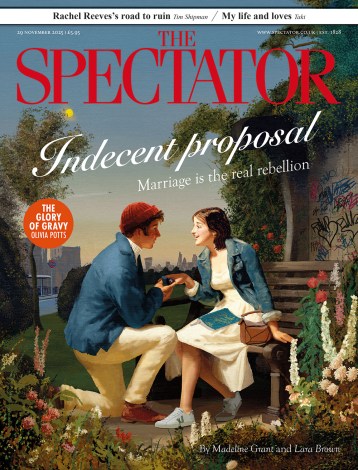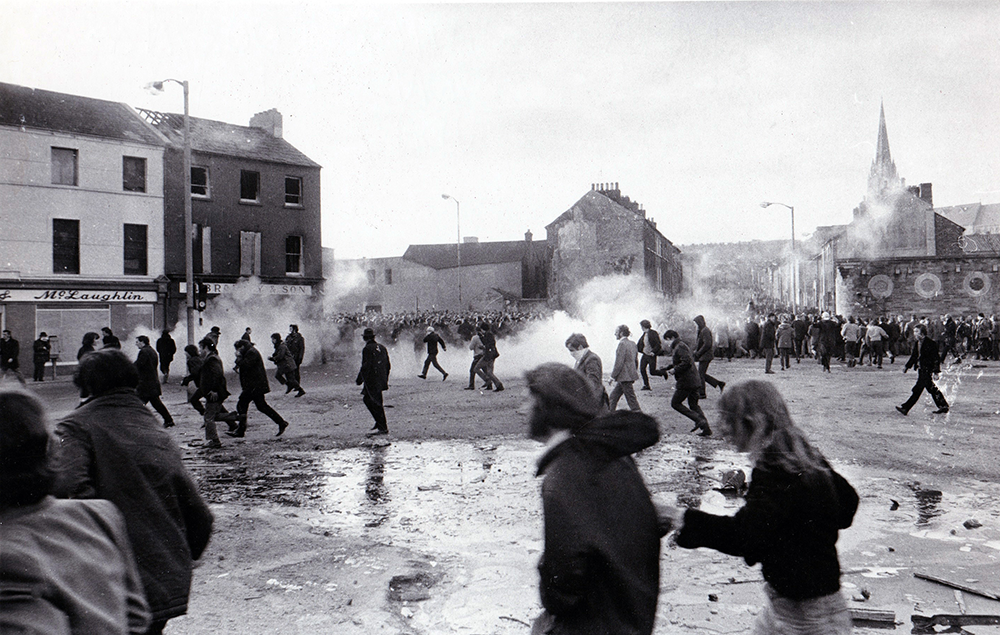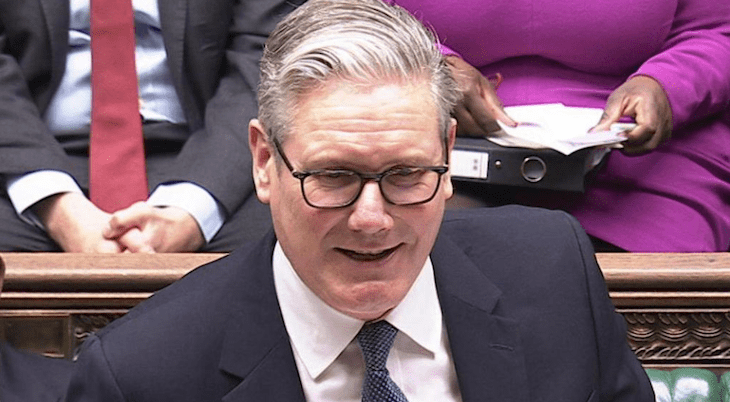
At the end of last month, a judge in Belfast issued a verdict that was both right and wrong. The case related to a man known to the public only as ‘Soldier F’. He was one of the members of the Parachute Regiment involved in the events of the day in January 1972 that became known as Bloody Sunday.
That day 13 members of the public were shot dead during a civil rights march in Londonderry that turned violent. The precise details are probably more heavily documented than those of any other day in history thanks to the Saville Inquiry, which became the longest and costliest legal inquiry in British history. Indeed, it made the trial of Warren Hastings look like a snap verdict.
It is more than two decades since I watched Soldier F testify to the Bloody Sunday Inquiry, which was then hearing evidence in Westminster. His testimony was one of the most crucial moments of an inquiry that involved thousands of witnesses. It was central because the ‘brick’ of four soldiers, of whom F was a part, were responsible for most of the killings. Away from their commander – Colonel Wilford – and seeming to think they could get away with anything, they shot people on the ground, in the back and without cause.
Certainly there were terrorist gunmen there. The Official IRA ended up admitting its members were among the crowd and had fired. There is no doubt some in the Parachute Regiment felt they were under fire. But the actions of Soldiers E, F, G and H could not be excused. Soldier H – not the smartest man to take the stand – admitted to firing 22 shots, including 19 rounds into a window which was only penetrated by one bullet.
But it was the actions of Soldier F that were most important. Like almost every other member of the regiment, he tried to stick to the rough account of events he had given to the Royal Military Police on the night and to the subsequent inquiry conducted by Lord Widgery. By 2002, when he appeared in public for the first time in three decades, he professed to have no memory of what had happened. Amnesia was also something most of the other significant Paras from the day claimed to suffer from. But a trap was waiting for Soldier F in the dock.
Former soldiers should not be dragged into court half a century after events while terrorists walk free
As one of the lawyers representing the families pointed out, the court did not need Soldier F’s memory. It had ballistics evidence, including evidence of the subtly shifting accounts the soldier gave in 1972. And once Soldier F’s rifle was taken away with others for analysis, he suddenly ‘remembered’ some other details about where he had fired. That is because he knew that bullets were being dug out of the bodies of the people he had shot and would be traced to his gun – as they were.
Crucially, the inquiry also had the evidence of civilians and military observers who saw exactly what Soldier F had done. That included him getting down on one knee and firing a shot through the head of Barney McGuigan, 41, who was waving a white handkerchief as he tried to go to the aid of another victim. I doubt anyone in the courtroom who saw the photographs of the exit wound of Soldier F’s bullet through McGuigan’s right eye will ever forget it.

The findings of the Saville Inquiry, published in 2010, against F and the other soldiers was damning. My own book – Bloody Sunday: Truths, Lies and the Saville Inquiry – came out the following year. It was impossible not to come to the conclusion that F and some of his fellow Paras had been guilty of murder that day. Once that conclusion was reached there was a follow-up question: what to do about it?
On the one hand, there was a clear case for criminal prosecutions. Everyone who testified to the inquiry – including terrorists and former terrorists such as Martin McGuinness – was given immunity in relation to their testimony. It constituted the first time that McGuinness – who I watched give evidence in Londonderry – had admitted to being a commander in the Provisional IRA. But like certain members of the Provisional IRA, the soldiers of 1 Para did not take advantage of this immunity finally to reveal the truth. They stuck doggedly to the version of events they had crafted in 1972 and held on to this even when those accounts fell apart.
As a result, Soldier F was especially vulnerable to prosecution, but it took till 2019 for charges to be brought. After two more years of investigation the charges were dropped by the Public Prosecution Service, only to be picked up again later. At the trial last month, the judge decided that although members of the Parachute Regiment had shot ‘unarmed civilians fleeing from them on the streets of a British city’ and should ‘hang their heads in shame’, Soldier F should be found not guilty of murder and attempted murder.
And here is where it gets still more complicated. If all things were equal, Soldier F should have been tried and convicted many years ago. The breakdown of army discipline among some soldiers and their company commander that day was unforgivable. But in the years since the inquiry was set up we have learned much more. Not least the fact that as part of the peace process in 1998, Tony Blair’s government handed out immunity promises to terrorists of the IRA who were, along with other paramilitary groups, responsible for 90 per cent of the deaths in the Troubles.
There is an argument that soldiers should be held to a higher standard than terrorists. But there is at least an equal argument that former soldiers – including disgraced former soldiers – should not be dragged into court half a century after events while terrorists not only walk free but have entered government in Northern Ireland.
The past doesn’t rest – especially not in Northern Ireland. But the verdict is a reminder that history and peace can be messy, disappointing – and ugly as hell.








Comments